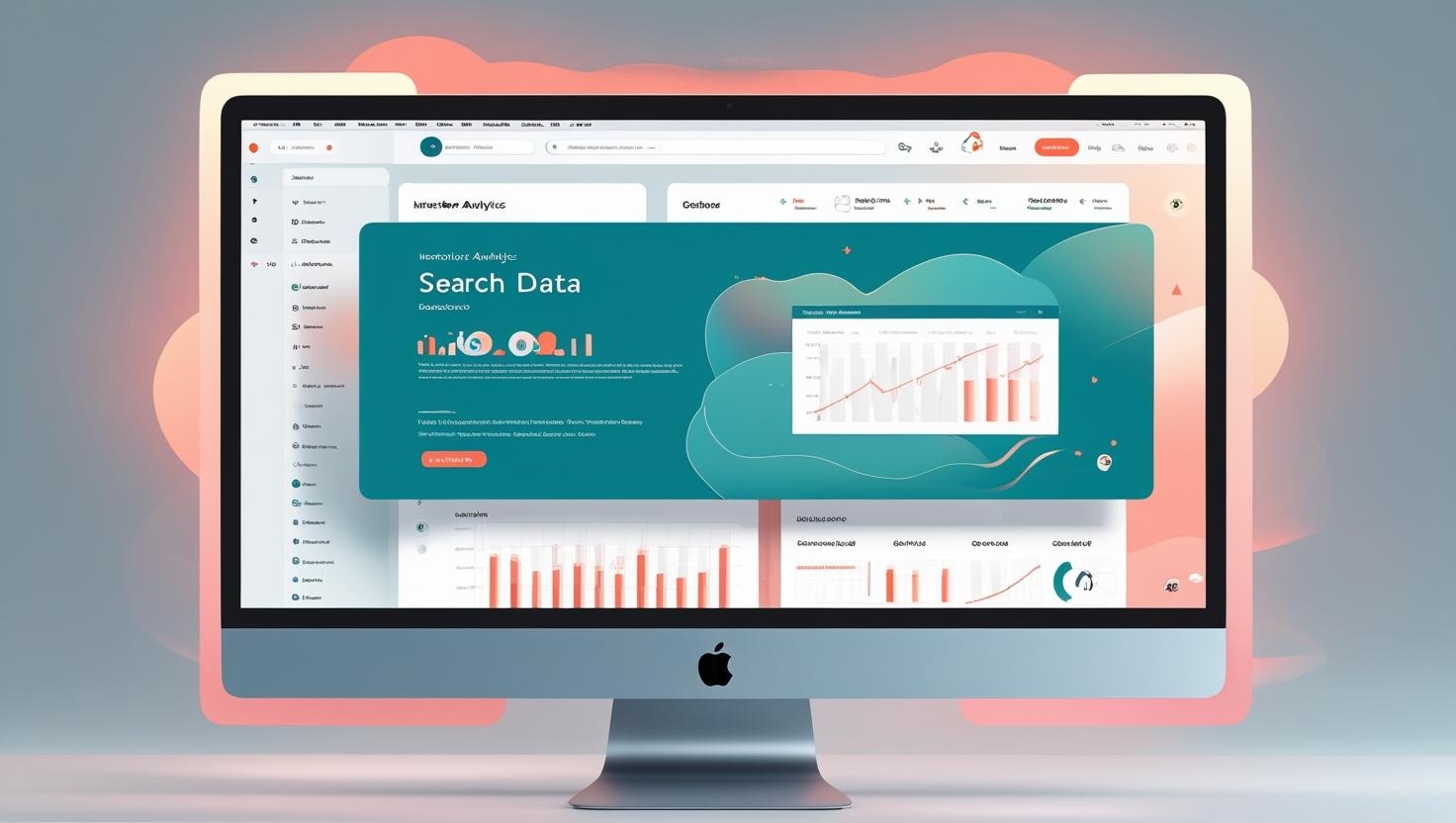Why B2B Growth Needs a Funnel, Not a Megaphone
Many companies treat marketing like a megaphone—shouting louder in hopes of being heard. But real growth doesn’t come from shortcuts. It follows a funnel: a sequence of stages where prospects move from strangers to loyal advocates.
For B2B companies, the marketing funnel not only guides strategy but also directly correlates with keyword intent and reporting metrics. Let’s break it down.
Stage 1: Awareness — Getting Found by the Right Audience
👉 Think of the awareness stage as top-of-funnel visibility. Your audience doesn’t know you yet, but they’re searching industry terms.
- Goal: Reach new people and drive discovery
- Keyword Intent: Broad, informational keywords like “b2b digital marketing agency” or “content marketing for B2B”
- Tactics: Social ads, SEO blogs, influencer partnerships
- Key Metrics: Website traffic, impressions, social reach
Stage 2: Interest — Sparking Curiosity and Engagement
👉 In the interest stage, reporting should focus on engagement signals—are people giving you permission to keep talking to them?
- Goal: Encourage prospects to lean in
- Keyword Intent: Mid-funnel queries like “b2b seo strategy” or “ppc for manufacturers”
- Tactics: Email newsletters, webinars, retargeting ads
- Key Metrics: Email sign-ups, content downloads, new followers
Stage 3: Consideration — Proving You’re the Right Fit
👉 The consideration stage is where buyers are actively comparing solutions. This is where in-depth content and proof points matter.
- Goal: Educate and show value
- Keyword Intent: Solution-focused searches like “b2b content marketing agency” or “digital marketing freelancer”
- Tactics: Case studies, product demos, free trials
- Key Metrics: Demo requests, trial sign-ups, time on site
Stage 4: Conversion — Turning Action Into Revenue
👉 The conversion stage is where sales and marketing alignment is critical. Leads must move smoothly from marketing nurture to sales follow-up.
- Goal: Convert leads into paying customers
- Keyword Intent: High-intent transactional queries like “b2b ppc agency” or “freelance seo consultant”
- Tactics: Limited-time offers, sales calls, discount packages
- Key Metrics: Conversion rate, revenue, order value
Stage 5: Retention — Building Long-Term Value
👉 In B2B, retention is just as critical as acquisition. Renewals, upsells, and referrals all come from satisfied clients.
- Goal: Keep customers engaged and loyal
- Keyword Intent: Not always search-driven but supported by branded queries like “agency name + services” or customer resource content
- Tactics: Loyalty programs, personalized follow-ups, referral rewards
- Key Metrics: Repeat purchases, customer lifetime value
Funnel + Keywords + Reporting: Why This Matters
Each funnel stage aligns with keyword intent:
- Awareness → Informational searches
- Interest → Mid-funnel educational searches
- Consideration → Comparison and evaluation searches
- Conversion → Transactional keywords
- Retention → Branded and customer-success content
And each stage dictates your reporting metrics. Tracking the wrong metric at the wrong stage is like grading a first draft on final exam standards. The marketing funnel isn’t just a theory. It’s the sequence that drives measurable B2B growth.
- Skip a stage, and growth stalls.
- Master each stage, and momentum compounds.
Ready to Align Your B2B Marketing Funnel with Results?
Building a marketing funnel that actually drives revenue takes more than theory—it takes execution. From keyword strategy to campaign reporting, every stage needs to be connected.
👉 If you’re ready to attract, convert, and retain more B2B customers, let’s talk! Working together, we can build a funnel that grows with your business.
related posts
Poor grammar and typos can harm your reputation, turning potential clients and customers away in seconds. Learn how grammar mistakes can impact your website's ranking in search engine results pages (SERPs).
Find the answers to the most common SEO questions from manufacturers, engineers, and marketers—covering everything from local search visibility to AI-generated search results and what they mean for your content strategy in 2025.


